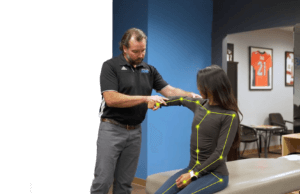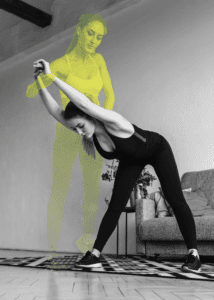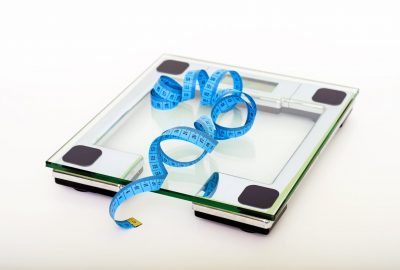While fitness and physiotherapy have proven their value in improving the wellbeing of all of us, they are mostly limited to face-to-face sessions (at the gym, with a trainer, or with a therapist), online video sessions that do not provide any feedback or guidance or online session with an actual therapist via video call. Accelerated by the recent pandemic, remote fitness sessions, physiotherapy and MSK offerings suffer from low adherence and effectiveness but can benefit from new advancements in computer vision and AI to provide real-time digital feedback and corrective guidance and a more effective treatment process at home.
Computer vision technology has matured and reached daily use in many areas such as facial recognition, search, self-driving, healthcare, and more. Today, computer vision can enable motion tracking, real-time feedback, and corrective guidance as accurately as a human can provide and contribute to adaptive personalization in fitness, digital physiotherapy, diagnostics and recovery as well as cost reduction.
In recent years, this area was also researched and explored by academic researchers from all over the world, who validated the use cases of motion analysis using computer vision and support the vision of the inevitable progression towards the use of computer vision both in fitness, physiotherapy, MSK treatments, and recovery.
In 2021, researchers from Berlin that have tested motion tracking analysis using computer vision, showed that their results can pave the way for cost, space and operationally effective gait analysis in broad mainstream applications. They did not use wearable sensors and demonstrated that video is sufficient for an accurate assessment method that can be obtained by anyone, without much training, via a smartphone camera.
Azhand, A., Rabe, S., Müller, S. et al. Algorithm based on one monocular video delivers highly valid and reliable gait parameters. Sci Rep 11, 14065 (2021). https://doi.org/10.1038/s41598-021-93530-z
In 2020, researchers from the University of Tokyo checked whether AI markerless motion capture software is useful in the clinical medicine and rehabilitation fields. They concluded that the use of this technology can reduce the complexity and cost associated with conventional passive marker motion capture without compromising recognition accuracy.
Iwori Takeda, Atsushi Yamada & Hiroshi Onodera (2021) Artificial Intelligence-Assisted motion capture for medical applications: a comparative study between markerless and passive marker motion capture, Computer Methods in Biomechanics and Biomedical Engineering, 24:8, 864-873, DOI: 10.1080/10255842.2020.1856372
In 2021, a researcher from the Neuromuscular Research Centre, of the University of Jyvaskyla in Finland, found out that although development is ongoing, existing markerless systems may already be accurate enough for some applications, e.g. coaching or rehabilitation.
Neil J. Cronin, Using deep neural networks for kinematic analysis: Challenges and opportunities, Journal of Biomechanics, Volume 123, 2021, 110460, ISSN 0021-9290, https://doi.org/10.1016/j.jbiomech.2021.110460
In 2020, Italian researchers confirmed the feasibility of tracking kinematics and gait parameters of a single subject in a 3D space using low-cost webcams and the OpenPose engine.
Zago Matteo, Luzzago Matteo, Marangoni Tommaso, De Cecco Mariolino, Tarabini Marco, Galli Manuela, 3D Tracking of Human Motion Using Visual Skeletonization and Stereoscopic Vision, Frontiers in Bioengineering and Biotechnology, 8, 2020, https://www.frontiersin.org/article/10.3389/fbioe.2020.00181



